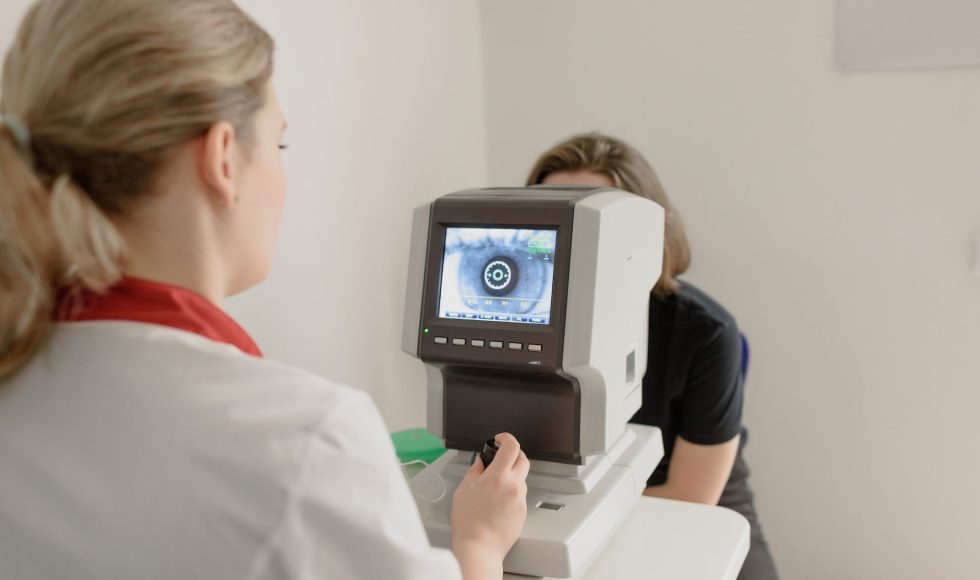Tonight I watched the London Calling 2023 session by Gavin Arno from the University College London Institute of Ophthalmology, Moorfields Eye Hospital & North Thames Regional Genomics Laboratory Hub in the UK. Arno presented a session entitled “The potential clinical utility of amplicon and targeted nanopore sequencing for rare disease diagnosis.” They spoke about how the use of next-generation sequencing approaches has revolutionized human genetic research and diagnostics since 2009, and improved diagnostic yields in ophthalmology. Inherited retinal dystrophy (IRD) is a leading cause of blindness and affects 1 in 2-4000. Arno noted that it is caused by the “dysfunction and/or degeneration of the neural retina/retinal pigment epithelium.” Arno explained that IRD is difficult to diagnose because of the high genetic and allelic heterogeneity. Short-read whole genome sequencing does not cover regions that could be important for IRD diagnosis. Severe x-linked opsin related disorders are also challenging to understand with short-read sequencing. Arno’s lab has used the Cas9 Assisted Targeting of CHromosome segments (CATCH) method that uses “a solid matrix to support the HMW DNA and pulse-field electrophoresis to separate the large fragments.” This system maintains the integrity of large fragments of DNA and then sequence them with ultra-long sequencing. When this is done for the opsin array, full-length reads allow for haplotype determination and even coverage for mutation identification. CATCH-ONT sequencing with MinION flow cell and SQK-LSK 110 and 40x depth allows for phasing of variants using clinical samples. Arno also talked about variants of uncertain significance (VUS)/intronic variants that Arno’s lab is now able to better characterize. They are now able to predict splice alteration with SpliceAI. For non-expressed genes, researchers are now able to use RT-PCR and sequence analysis. I learned new techniques and their application to ophthalmology with this session. I did not know about IRD and opsin-related disorders!



